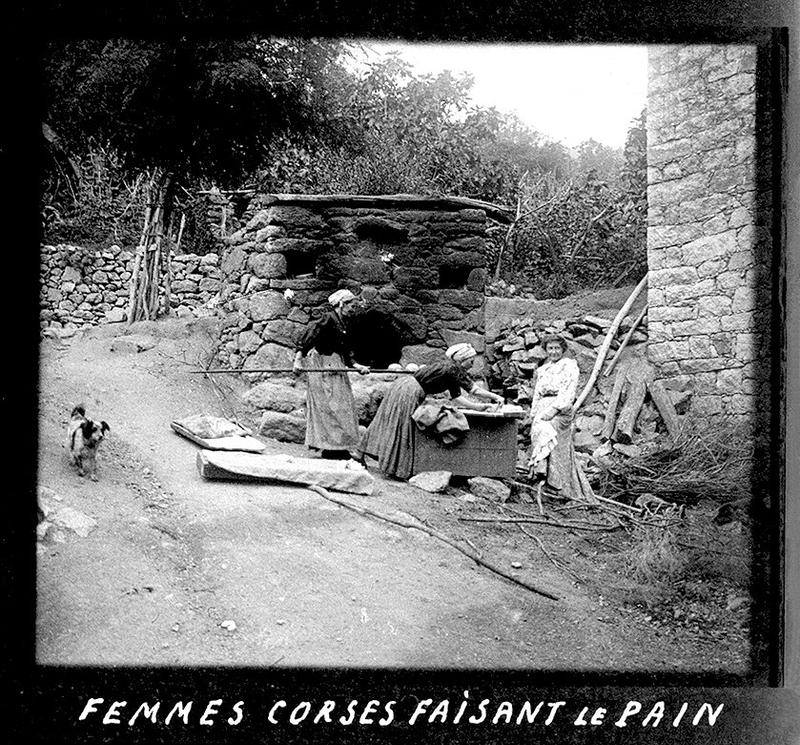The Educa Stereoscope in Interwar France
During the 1920s, stereoscopy was used in France as a visual teaching aid alongside the projection of slides and still films. This technique, which creates a three-dimensional image, entailed individual observation by the pupils, creating a real challenge for the organisation of the pupils. While the use of projection in educational photography has recently been studied, there has been little analysis of the use of stereoscopy in the same field. The author fills this gap by examining the influence of Anglo-Saxon educational practices on the use of stereoscopy in French schools, and by tracing the history of the Educa stereoscope and its uses in the inter-war period. A simple instrument containing over five hundred stereoscopic views and the device for viewing them, the Educa stereoscope was mass-produced for use in classrooms.

« Femmes corses faisant le pain », cliché tiré de Corse, série 31, collection Educa Géographie illustrée de la France, années 1920, plaque de verre positive, 2,8 × 2,5 cm.
Nicolas Le Guern holds a doctorate in visual studies. His dissertation centred on innovation strategies at Eastman Kodak in the early 20th century. He is currently a scientific photographer at C2RMF and a lecturer at the University of Evry. He has recently published “European Research in Kodak’s Early Years” (Transatlantic Cultures, 2023) and “The Long-Term Development of Three-Color Kodachrome” (Color Culture and Science Journal, 2022). His work focuses on the history of colour media and processes, and the circulation of photographic knowledge.
Keywords: stereoscopy, educational photography, visual education, collection, geography, media history
Citation: Nicolas Le Guern, « La stéréoscopie dans les salles de classe. Le cas du stéréoscope Educa dans la France de l'entre-deux-guerres », Transbordeur. Photographie histoire société, no. 8, 2024, pp. 168-181.